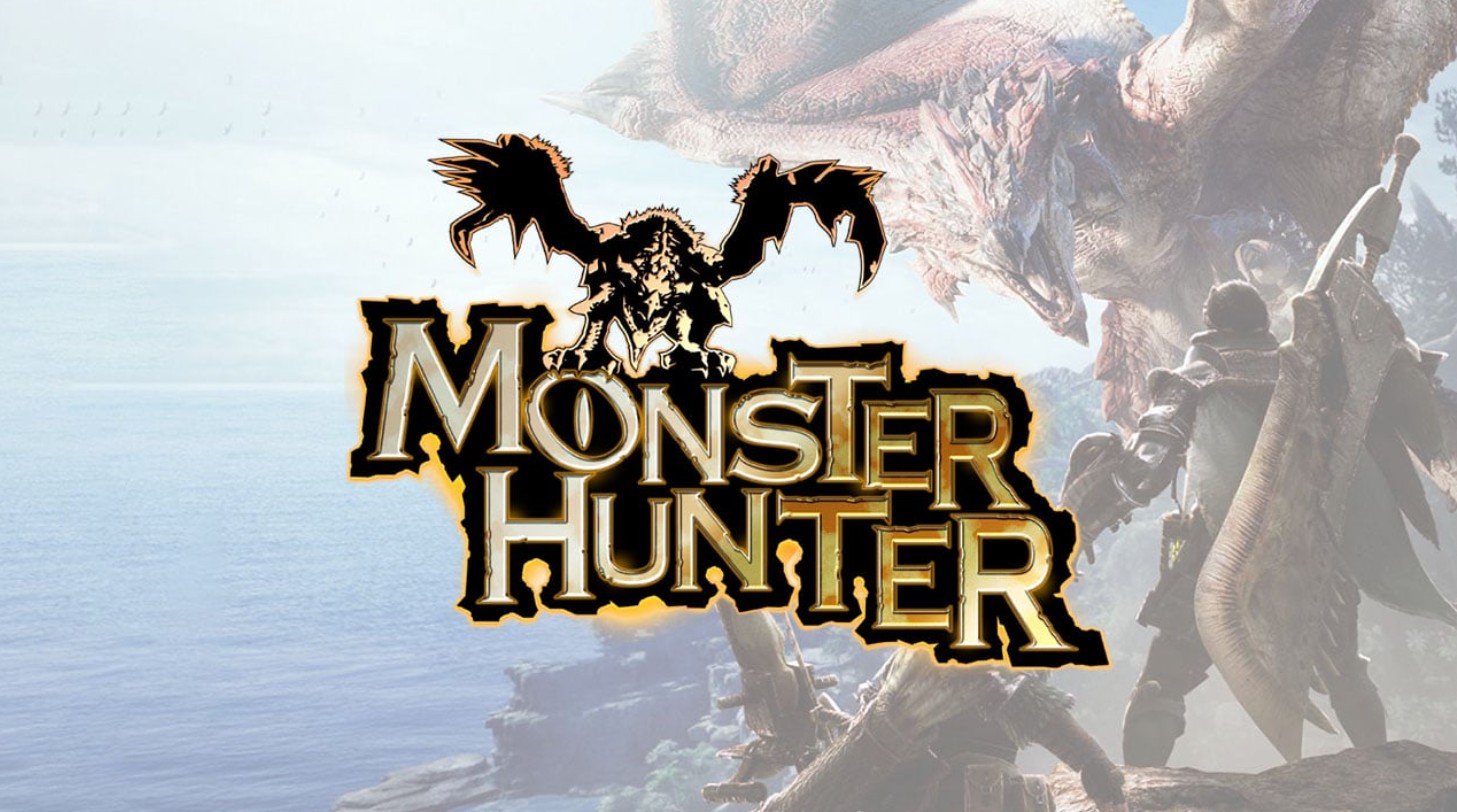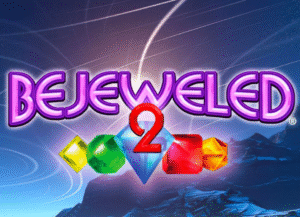This is a celebrated action RPG series that plunges players into an expansive world filled with colossal creatures, intense combat, and rich exploration. Developed by Capcom, the franchise has become synonymous with challenging hunts, deep crafting systems, and strategic multiplayer gameplay.
Since its debut, Monster Hunter has captivated millions by offering players a dynamic blend of action and role-playing elements. This article covers the series’ evolution, gameplay highlights, advanced strategies, system requirements for recent titles, and what makes it stand out.
Development and Evolution of Monster Hunter
Originally released in 2004, Monster Hunter quickly grew in popularity thanks to its unique focus on cooperative hunting and detailed monster ecosystems. Over the years, Capcom has continuously refined the gameplay, visuals, and mechanics, culminating in major entries like Monster Hunter World and its expansions.
As such as, craving more thrills after this game? Monster Hunter Rise might just be your next go-to, offering strategic gameplay that complements your recent adventure.
The series has evolved from fixed-area stages to more open and immersive worlds, adding smarter AI, diverse monster behavior, and richer customization options. Each new installment enhances player freedom and multiplayer interaction, while maintaining the core thrill of the hunt.
Storyline and Setting of the Series
While each Monster Hunter game has its own story, the overarching theme involves players acting as Hunters who protect settlements from dangerous monsters. Players venture into wild environments such as dense forests, volcanic mountains, and ancient ruins, tracking and battling fearsome creatures.
The narrative unfolds through quests, NPC interactions, and environmental storytelling, emphasizing player progression and mastery over monstrous foes. Players gradually uncover the lore behind each monster and their place within the ecosystem.
Gameplay Modes Across the Series
Monster Hunter titles typically feature:
- Single Player Campaign: Experience a solo adventure tackling quests and building your hunter.
- Multiplayer Co-Op: Join forces with friends or online players to coordinate hunts and share rewards.
- Event Quests: Engage in limited-time challenges offering rare gear and unique experiences.
- Exploration and Gathering: Venture into zones to collect resources for crafting and upgrades.
Core Gameplay Mechanics
The series is known for:
- Weapon Diversity: From massive Great Swords to nimble Dual Blades, each weapon type offers a unique playstyle.
- Strategic Combat: Players must learn monster attack patterns, time dodges, and exploit weaknesses.
- Crafting System: Collect parts from defeated monsters and environments to forge weapons, armor, and tools.
- Companions: Many games feature Palicoes or similar AI allies that assist in battle and utility.
- Progression: Level up your hunter, improve equipment, and take on increasingly difficult monsters.
Beginner Tips and Tricks
New to the world of hunting? Here’s how to get started:
- Learn Your Weapon: Focus on mastering one weapon’s moves and combos.
- Use Items Wisely: Potions, traps, and bombs can turn the tide of battle.
- Watch Monster Behavior: Study attack patterns and look for openings.
- Upgrade Gear Frequently: Better armor and weapons increase survivability and damage.
- Play Multiplayer: Hunting with friends is safer and more rewarding.
Similarly, if you’re captivated by the depth and excitement of Monster Hunter, take things up a notch with Monster Hunter World, where more immersive experiences await.
Features that Define Monster Hunter Game
Monster Hunter offers a rich blend of exploration, action, and strategy set in diverse, living environments. Its deep combat system, evolving challenges, and cooperative play make it an enduring favorite among players worldwide.
1) Immersive Ecosystems
The game’s worlds are filled with vibrant flora, roaming fauna, and predators that interact naturally with each other. Players can use these interactions to their advantage during hunts, creating opportunities for tactical gameplay.
Weather and time of day add further realism, influencing both monster behavior and player strategy. This living ecosystem ensures every expedition feels fresh and dynamic.
2) Extensive Monster Roster
Each installment introduces a mix of returning fan favorites and brand-new creatures to challenge hunters. Monsters exhibit complex AI, adapting to player tactics and terrain for intense, evolving battles.
Their unique attack patterns and habitats demand specialized strategies for success. This variety keeps gameplay exciting and encourages mastery over different hunting styles.
3) Cooperative Multiplayer
Up to four hunters can join forces to track and take down formidable beasts together. Communication and coordination become vital, as team synergy can make the difference between victory and defeat.
Players can combine weapons, traps, and environmental hazards for devastating results. This cooperative focus builds camaraderie and delivers thrilling shared experiences.
4) Deep Customization
Hunters can craft weapons, armor, and gear from monster parts, tailoring equipment to their preferred playstyle. Skill trees allow for fine-tuning abilities, creating highly personalized loadouts.
Different builds support various strategies, from heavy-hitting melee to ranged precision. This depth ensures players can continuously refine and evolve their hunting approach.
5) Challenging Endgame Content
After the main hunts, players face high-rank quests, tempered monsters, and guild challenges designed to test skill and endurance. These battles demand expert knowledge of monster patterns and optimal gear setups.
Endgame content rewards dedication with rare materials and powerful equipment. This cycle keeps hunters engaged long after the main story concludes.
Advanced Gameplay Strategies
For veteran hunters seeking an edge:
- Optimize Skill Sets: Combine armor skills to complement your playstyle.
- Trap and Flash Bomb Usage: Control monster movement to create attack opportunities.
- Target Weak Spots: Aim for heads, tails, or limbs for extra damage or status effects.
- Resource Management: Keep healing items and buffs ready before engaging.
- Map Awareness: Use the environment to your advantage; some monsters are susceptible to terrain hazards.
Why Monster Hunter Remains Popular
The franchise’s dedication to rewarding skillful gameplay, strategic planning, and social cooperation has earned it a loyal fanbase worldwide. Its constant evolution through new titles, expansions, and events keeps gameplay fresh and exciting.
With every hunt feeling unique and every monster presenting a new challenge, Monster Hunter continues to set a high standard for action RPGs.
System Requirements
Ensure your PC meets the following specs for optimal gameplay:
- OS: Windows 10 (64-bit)
- Processor: Intel Core i5-4460 / AMD FX-6300
- Memory: 8 GB RAM
- Graphics: NVIDIA GeForce GTX 760 / AMD Radeon R7 260x
- Storage: 50 GB available space
- DirectX: Version 11
Whether you are a newcomer or a seasoned hunter, the Monster Hunter series offers endless adventure, strategic depth, and the thrill of the hunt. Prepare your gear, sharpen your skills, and dive into a world where monsters roam free.










